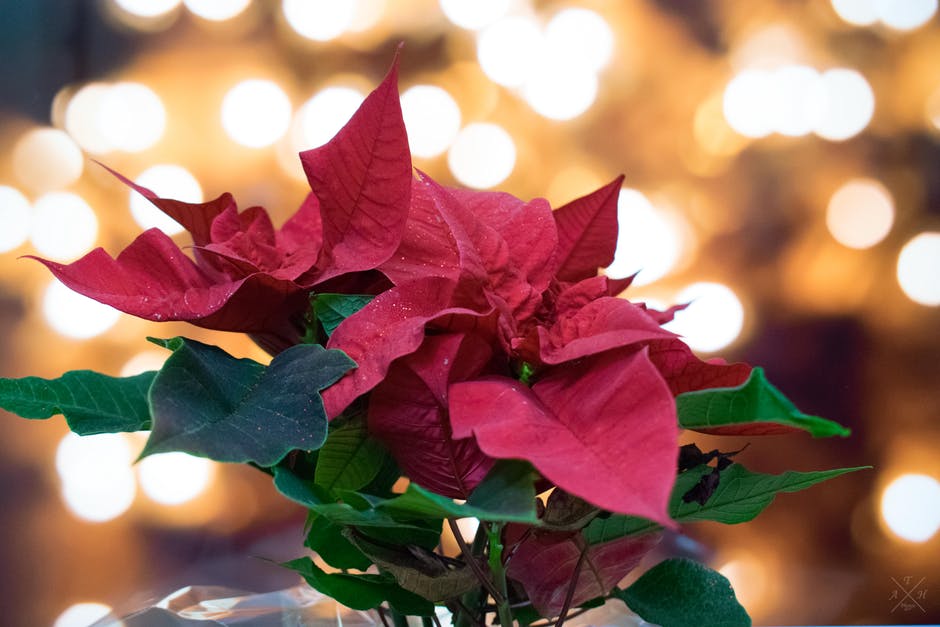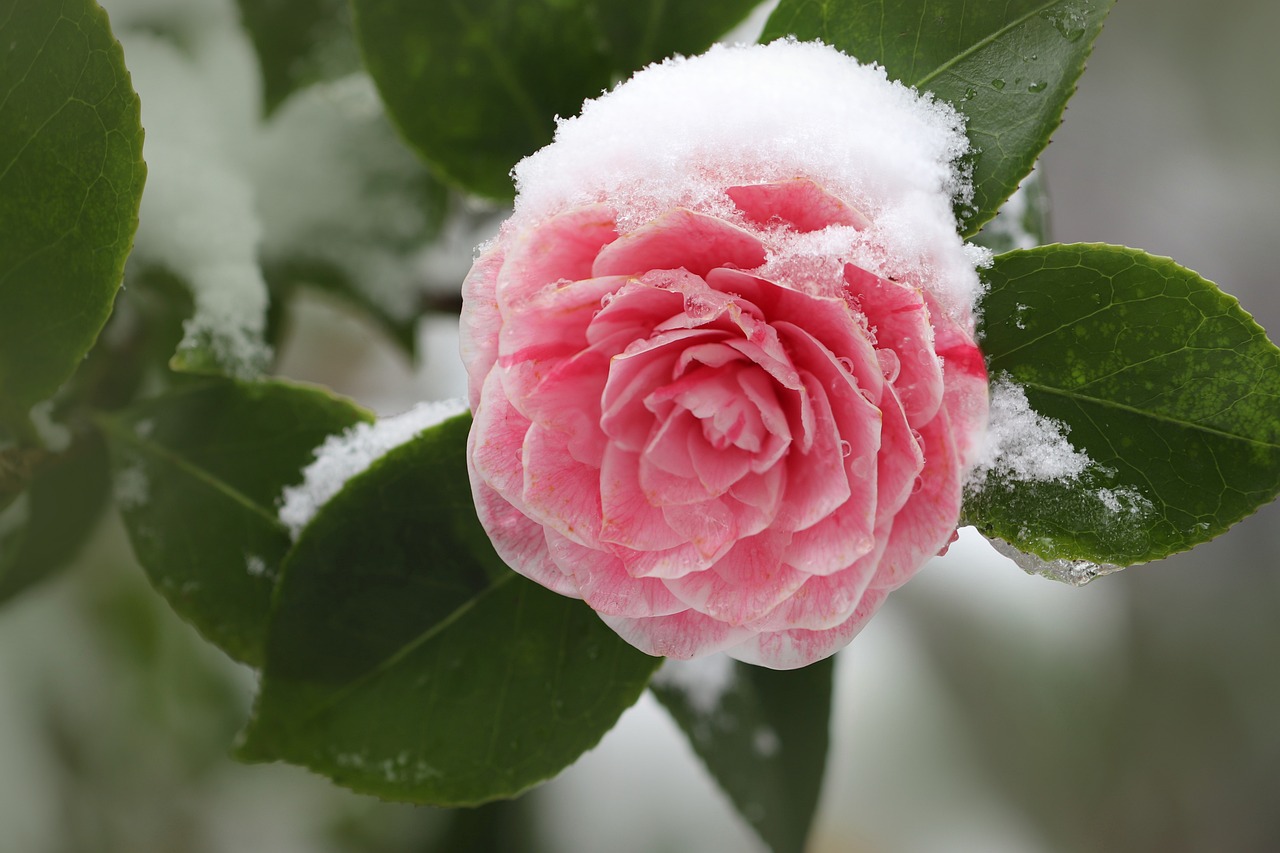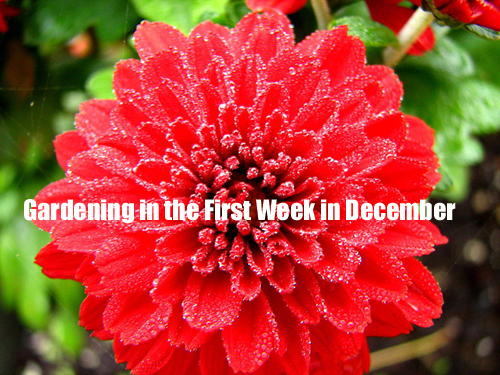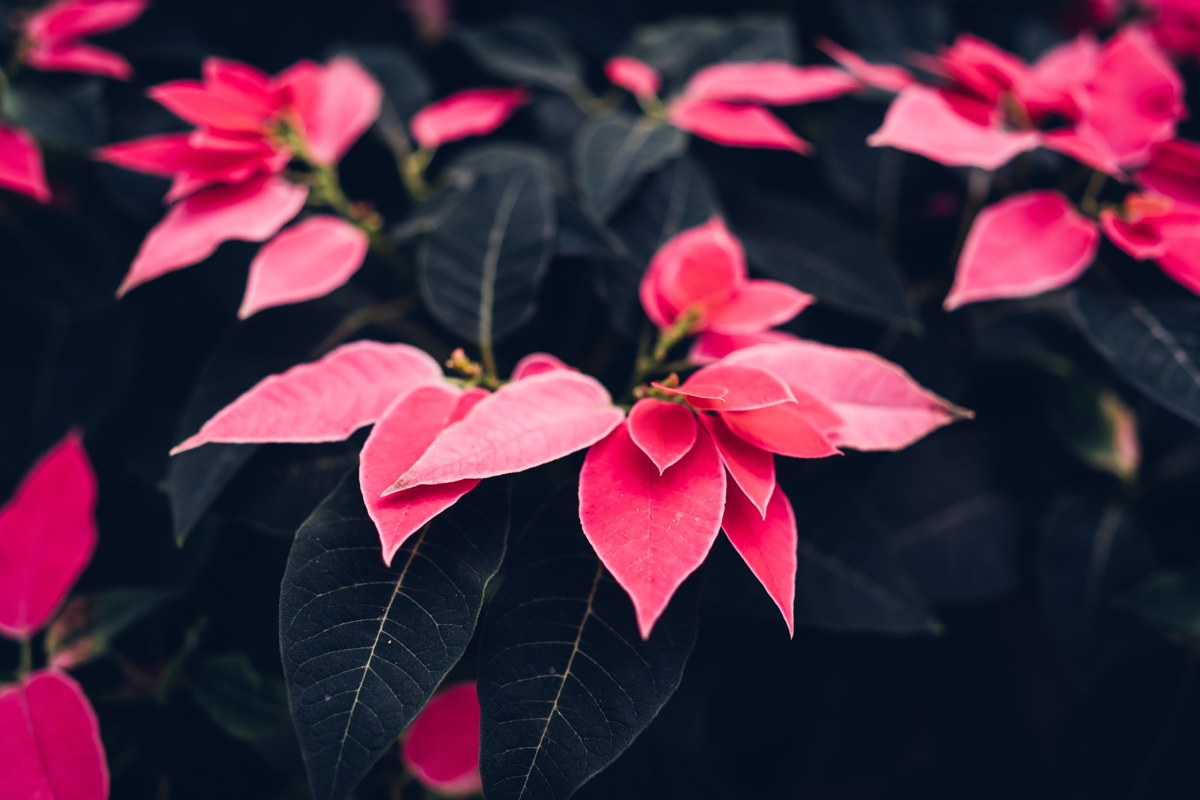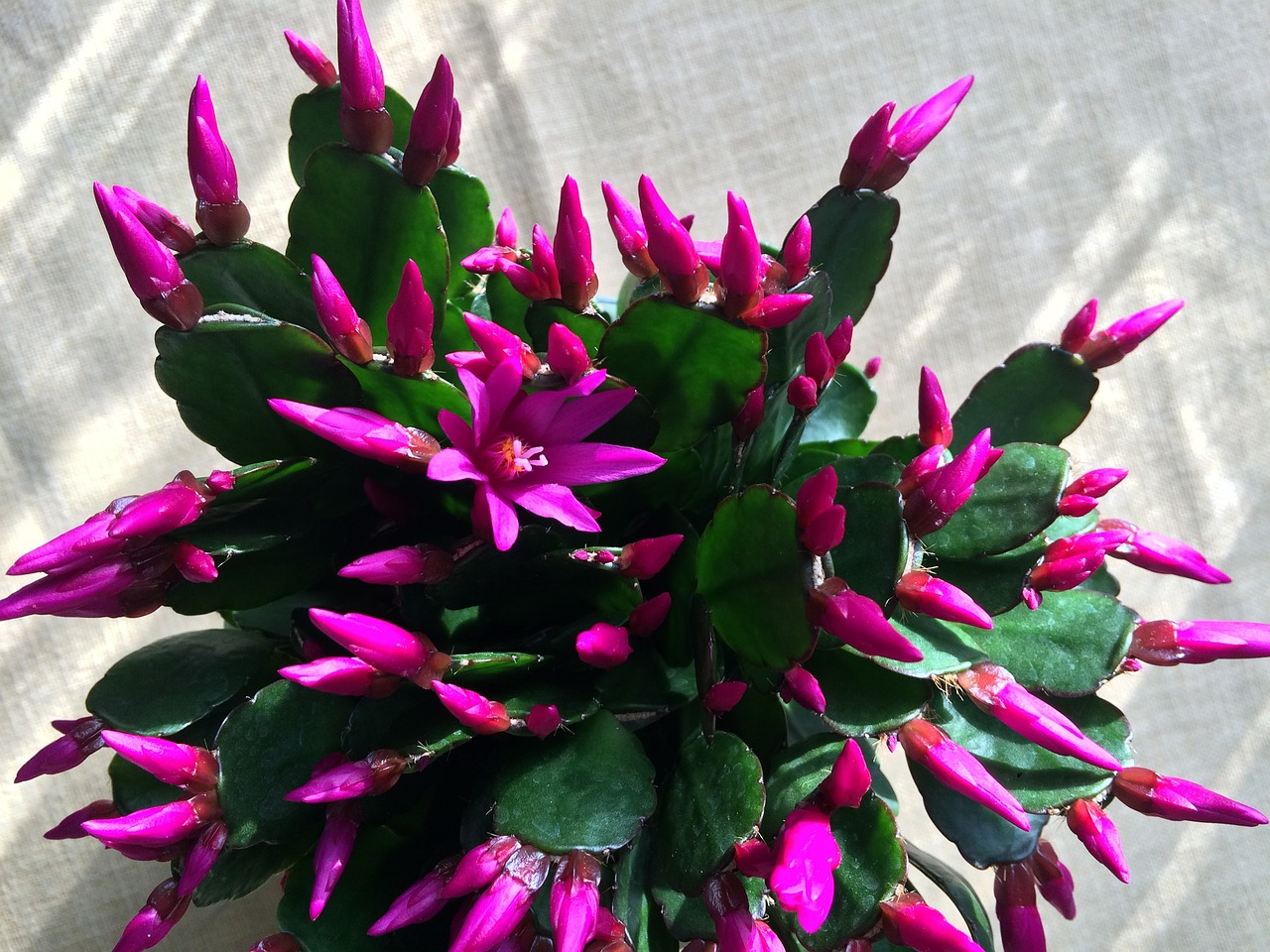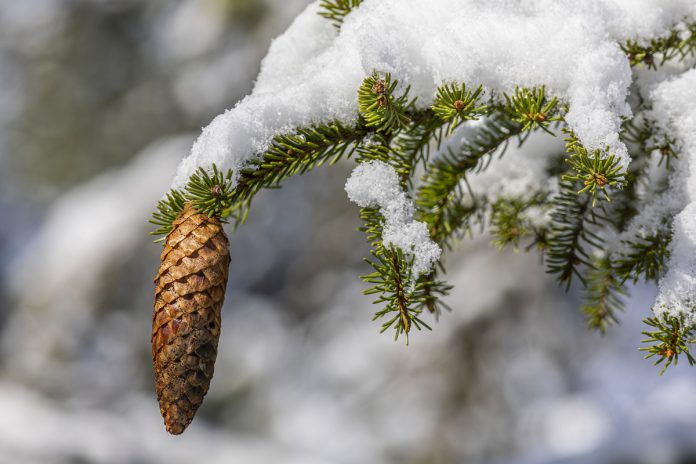The Gardener in The Third Week of December

The first thing to do is to inspect fuchsias, hydrangeas and geraniums in their winter quarters to see that they do not dry out completely.
Garden shrubs continue to need your attention at this time of year. Have a care and a heart when cutting the holly for Christmas decorations, and don’t rob the shrubs of their natural beauty and habit. Take the branch that won’t be missed so that the tree is not disfigured.
Firm up the newcomers you planted recently after the frosts, and see that the stakes are doing their job. Tidy up for Christmas, but don’t let tidiness dominate your thoughts. The self-sown seedling may be a little out of place, don’t throw it away, but let it be.
There is more going on in the greenhouse this month than outdoors.
Large Exhibition chrysanthemum cuttings are best taken this month, and there is nothing to be gained in taking them earlier.
What are the the best times for taking chrysanthemum cuttings is always a question raised by every chrysanthemum owner. Generally speaking in November it should be the varieties to produce large specimen plants. In December and January it is the turn of the large exhibition varieties. January and early February is the time for the exhibition incurved, and late January to February you should be taking cuttings from the Decoratives, and the late-flowering Singles and Pompons. Moving on to Mid February to March is the turn of the early flowering outdoor varieties. In April and early may you should be thinking about the Decoratives for dwarf pot plants.
Here are a few tips on taking cuttings, follow them and you have a greater chance of success.
Firstly the plants should be in active growth before making a start, but if they are still ‘resting’ give them bottom heat and a good watering to wake them up. Choose shoots of about 2&1/2-3 inches. of moderate thickness, avoiding the limp, hollow-stemmed or pithy. Cut just below a node or joint: insert ½ inch deep in small pots or boxes of John Innes Potting Compost No. 1, adding a thin top layer of coarse sand. After firming up water thoroughly, using a fine rose on the can. You should syringe with tepid water in the mornings when the cuttings show signs of limpness.
Primula obconica should be watered regularly and given a bright position, and Freesias and lachenalias benefit by a weekly dose of fertilizer.
Cinerarias and schizanthus should not be over-watered and must be allowed to come along at their own pace.
The waxy, mealy bugs that bedevil the cyclamen and many greenhouse subjects, can be dismissed with a “forceful, soap and nicotine spray, or better still, by painting with a mild methylated spirits mixture. A wound or spotting showing signs of decay should be dusted with flowers of sulphur.
Have you ever thought about growing mushrooms? February and early spring mushrooms are a welcome dish. They can be grown in any dry and well-ventilated building, where an even temperature of between 12° and 17°C, around 54C and 63°F can be maintained.
Mushrooms can survive lower temperatures, but they slow up the performance of the spawn and a crop seldom develops satisfactorily if the temperature falls to below 8°C. (46F.).
Winter frames should be covered with matting or straw to keep an even, warm temperature. Stoves and other heaters burning oil or paraffin should not be used, the fumes having a detrimental effect on the mushrooms.
- First week in December Gardening
- The Second Week of December for The Winter Gardener
- The Gardener in The Third Week of December
- End of December Gardening
The Author:
Ian SG Smith
Photo. Kerstin Riemer
Source: EA

